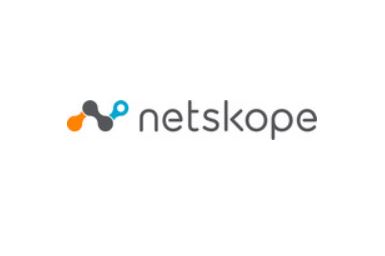With Enterprise Browser as part of fully integrated SSE, organisations can increase productivity by securing how unmanaged devices and temporary workers access corporate data and applications
February 27, 2025 – Netskope, a leader in modern security and networking, today announced enhancements to its Netskope One Enterprise Browser, further extending the company’s leadership in unified data security to add more key use cases requested by customers. By delivering Enterprise Browser fully integrated with the Netskope One platform’s Security Service Edge (SSE) capabilities, Netskope enables organisations to increase productivity and streamline the security of how unmanaged devices and temporary workers connect to web sites, applications, and other resources.
Bring-your-own device (BYOD) policies and the temporary work requirements of contractors are two of many use cases that can create security risks for businesses based on access to data. Enterprise browser functionality that is well integrated with a full SSE offering means that organisations can count on data security not only when users interact with cloud and SaaS apps, but also to prevent data leakage both to apps and unmanaged endpoint devices, ensuring SSE adaptive policy controls are consistently applied.
“Enterprise browser functionality should be delivered as part of a unified data security solution,” said John Martin, Chief Product Officer, Netskope. “At Netskope, our strategy has always been to enable modern data security using the broadest and deepest protection from a single, holistic platform. As we shared our continued expansion plans with security and networking leaders over the past year, it quickly became clear that enterprise browser capabilities are best when integrated at the architecture level, making use of full SSE data security and adaptive policy controls, not just as a product add-on.”
Netskope helps organisations modernise their businesses by converging critical security, network, and analytics services into a powerful, cost-efficient platform, Netskope One. By integrating Enterprise Browser with the full SSE capabilities of the Netskope One platform, organisations accelerate time-to-value and operational efficiency, especially with the ability to extend current SSE application control policies to unmanaged device users and temporary users such as contractors working as part of a merger & acquisition process.
Netskope One Enterprise Browser today:
-
Enables seamless secure access for unmanaged devices and temporary workers to web sites and applications using a hardened, managed Chromium-based browser built by Netskope engineers
-
Integrates with enterprise identity providers for user authentication and context
-
Applies zero trust principles for adaptive access that leverages rich context from overall SSE policy controls
-
Prevents data leakage to apps and to unmanaged endpoints
-
Leverages high performance global access, thanks to the Netskope One platform’s underlying NewEdge network, which offers full compute at every global data centre covering 75+ regions, 220+ countries and territories, and 200+ Localization Zones
Netskope One Enterprise Browser is available today and offered flexibly or as part of SSE subscription packages.
Netskope has been consistently recognised over the past decade for its leadership in unified data protection, including in the Gartner Magic Quadrant™ for Security Service Edge, where it is ranked as highest in execution and furthest in vision, and its companion Critical Capabilities for Security Service Edge report, where Netskope is among top-ranked vendors in data protection capabilities.
About Netskope
Netskope, a leader in modern security and networking, addresses the needs of both security and networking teams by providing optimised access and real-time, context-based security for people, devices, and data anywhere they go. Thousands of customers, including more than 30 of the Fortune 100, trust the Netskope One platform, its patented Zero Trust Engine, and its powerful NewEdge network to reduce risk and gain full visibility and control over cloud, SaaS, web, and private application activity—providing security and accelerating performance without sacrificing either.






